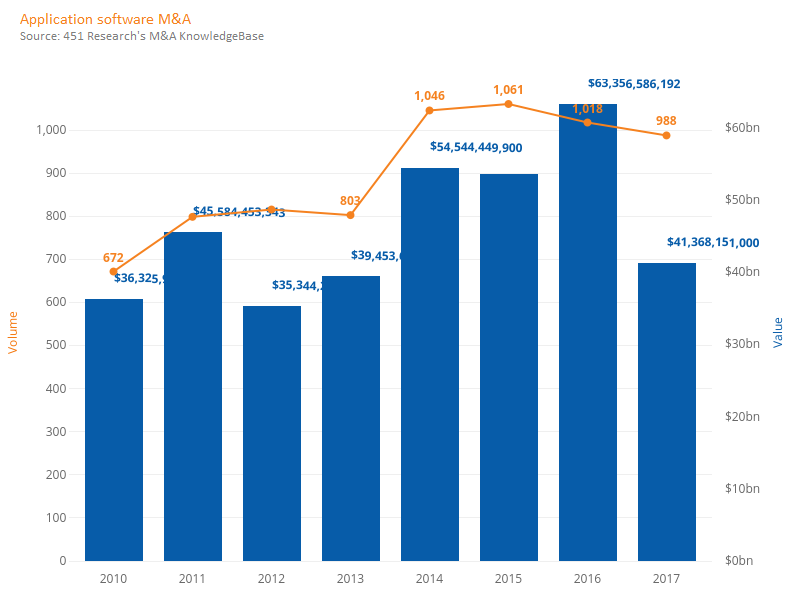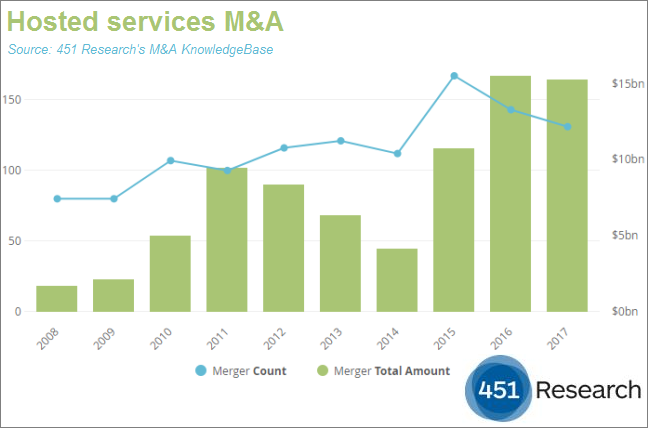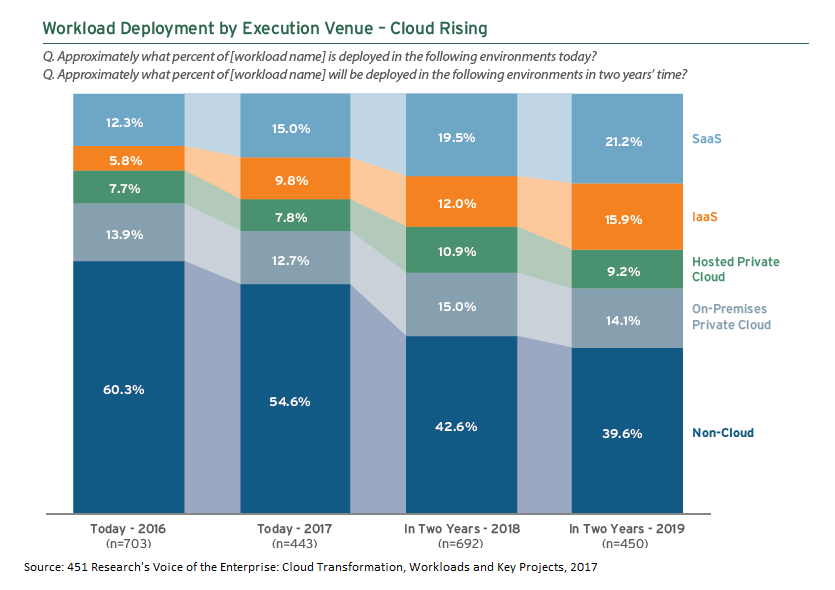Contact: Scott Denne
Increasing levels of distrust of China helped depress last year’s global tech M&A market from the record levels of 2016 and 2015. But, as Motorola’s $939m acquisition of Avigilon shows, some firms see the growing breach between the world’s two largest economies as an opportunity to get into new markets that otherwise might not have made for compelling M&A.
In purchasing Avigilon, Motorola Solutions senses an opportunity to enter the market for video surveillance cameras at a time when China-based companies, which have a substantial market share in video cameras and other commodity electronics, are at risk of losing ground in the US. That’s a defensible prediction.
Not only has the US government clamped down on proposed acquisitions by China-based vendors, having stopped the purchases of MoneyGram and Lattice Semiconductor in the past six months, the administration has taken a harder line on trade, placing recent tariffs on washing machines and solar panels built in China. In video surveillance in particular, the US Army removed China-built surveillance cameras from a Missouri military base, fearing that the devices could be accessed by the Chinese government. Similar fears could well become a factor in acquisitions by other branches of the federal, local and state governments – all major buyers of such gear.
In Motorola’s move, there are signs that it sees an opening in the market that didn’t previously exist. For one, this marks its largest purchase since late 2015. And the deal carries a valuation that’s not typically seen among security surveillance providers. In its acquisition, Motorola will pay 2.6x trailing sales. According to 451 Research’s M&A KnowledgeBase, purchases of surveillance and monitoring vendors have traded at a median 1x since the start of 2015.
The potential for limited competition from Chinese firms isn’t the only rationale for a higher valuation for Avigilon. The company also sells a software platform for video analytics that adds value to otherwise commodity products and could be integrated with Motorola’s existing video surveillance business, which today is limited to body cameras.
The value of China acquisitions of US companies declined 90% last year to $1.1bn. A newfound sensitivity at The Committee on Foreign Investment in the United States and capital controls at home are likely to keep that number depressed for the foreseeable future. But US-based vendors could make up some of the loss, particularly in areas like physical security, biometrics and networking, where China-built products are at a distinct disadvantage in US markets.
For more real-time information on tech M&A, follow us on Twitter @451TechMnA.



